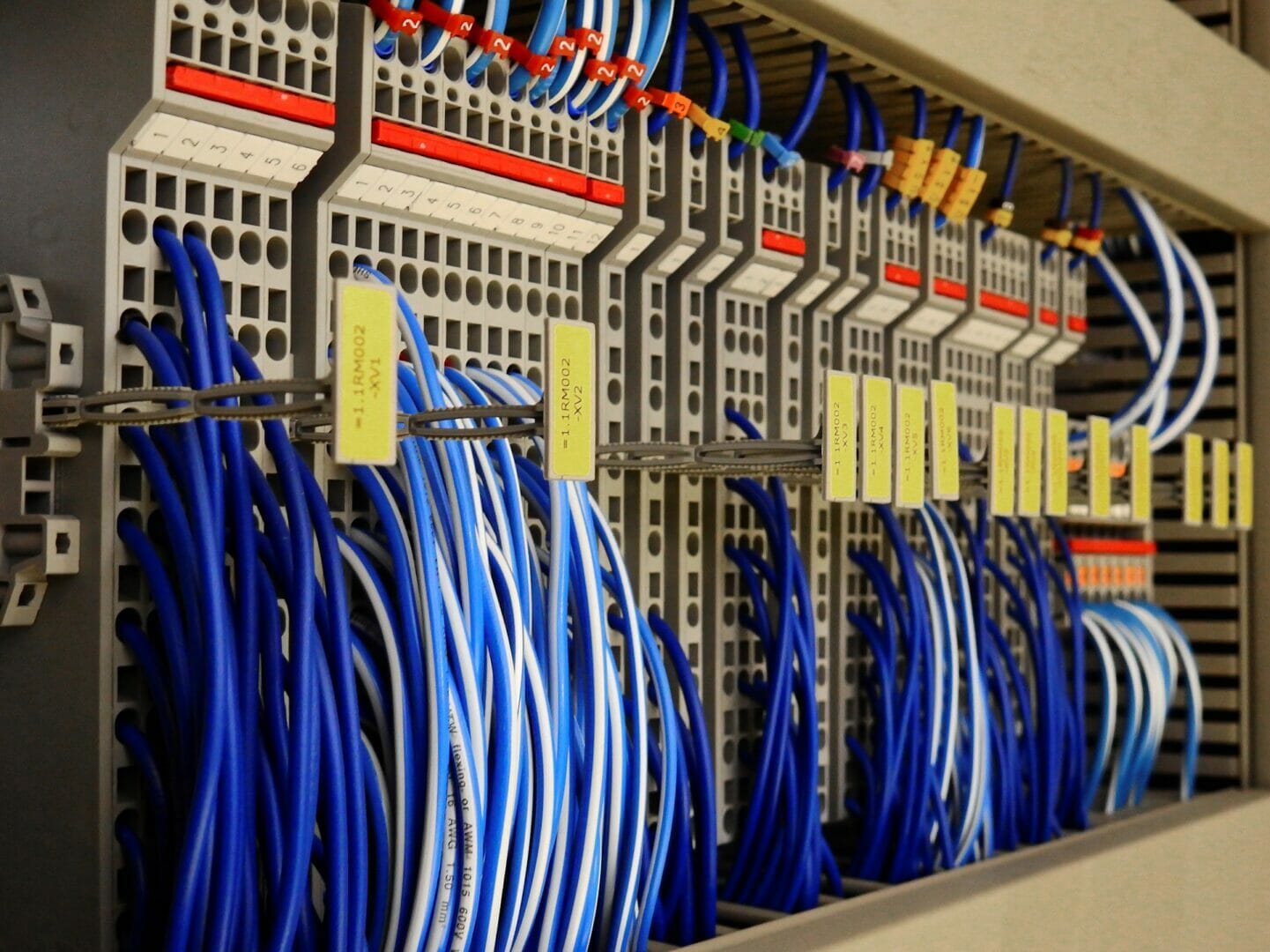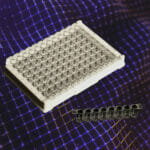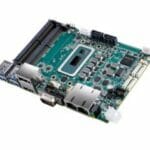~ Production without cabinets for a sustainable successful business ~
Standing still isn’t an option for manufacturers in the UK. Neither is simply moving forward with a “business as usual” mindset. Researchers at the MIT CISR identified two drivers for successful digital transformation: an organisation’s experience maturity, and its operational efficiency. Here, Stephen Hayes, managing director of automation technology expert Beckhoff Automation UK, explains how the latest technology can reduce unnecessary production space to improve operations within the production line.
It is of no surprise that the top rising trends in industrial technology include smart factories and increased digitalisation, with one in five chief financial officers considering automation systems as the top investment priority going into 2020. Today’s manufacturers face a perfect storm of challenges; with products needing to get to market faster and more cost effectively than ever before, it is crucial that manufacturers look to key technologies to improve throughput, profitability and productivity.
However, any investment in an automated solution — whether it be brand new or retrofitting legacy equipment — requires careful consideration of the amount of factory space it will take, and whether it will reduce the output per square metre of production space. Traditionally, the more automated or technologically advanced machinery is installed in plants, the more cabling is required and, with that, more cabinet space.
These systems will be introduced for the same common aim of improving the productivity and throughput in a factory. Therefore, minimising the space occupied by these cabinets only reinforces the desired results. Thankfully, it is now possible to do this with developed systems that pack high functionality into smaller footprints — requiring as little as a single compact distribution module.
Automation without cabinets, which is the idea that we can develop machines and equipment that fit and operate on the floor without the need for a control cabinet, is the latest idea shared by the team at Beckhoff Automation UK. It can be achieved with a combination of technologies built upon the EtherCAT fieldbus and PC-based control systems, allowing for direct component-level connectivity and ensuring high rates of data transmission to networked devices.
Beckhoff’s AMP8000 distributed servo system is one such technology on the path to minimising the control cabinet. The AMP8000 features a servomotor with a rear mounted servo drive, allowing it to occupy a similar footprint to a standard servomotor. The space required in the control cabinet is decreased to the size of a single coupling module, due to the power electronics being relocated directly onto the machine, meaning that only one input cable is needed to integrate the system.
This is especially useful for production areas performing different processes with several moving parts, all within a single machine or area. For example, a production line with different motion systems will need operators to control and adjust parameters, such as the speed, end position and the accuracy of the movement. Fully integrating these parts now circumvents the need for big, bulky control cabinets and instead offers a module with one cable per servo system, saving valuable production space.
The end result? Fully integrated machines with a smaller footprint, meaning quicker installation for machine builders, and higher output of per square metre of production space. It is therefore a no-brainer that the Automation without Cabinets concept, explained in detail in the whitepaper Automation Without Cabinets: All in one Automation will accelerate innovation and ensure that all companies adopting this approach will make full use of their production floor and keep moving forward.








